Carat weight is one of the most significant factors to consider when buying a diamond. It refers to the weight of the diamond and is often used to determine its size. However, carat weight does not solely determine the diamond’s value or appearance.
Main Difference: When considering the differences between a 0.90 carat and 1 carat diamond, size is the primary consideration. Typically, a 1 carat diamond is only marginally wider in diameter than a 0.90 carat diamond by about 0.2 mm. The distinction in weight and size is too subtle to be discerned with the naked eye, thus these two diamonds are usually considered to be almost indistinguishable.
For this reason, it is advisable to purchase a 0.90 carat diamond as they provide better value for money without any major impact on appearance or visual appeal.
Table of Contents
0.90 vs 1 Carat Diamonds: Overview
0.90 Diamond
A 0.90 carat diamond typically measures around 6.10mm in diameter. While slightly smaller than a 1 carat diamond, it can still create a stunning impact when set in a ring or other jewelry pieces. The cut, color, and clarity of the diamond will greatly influence its overall appearance and sparkle.
Pros:
- More affordable: Compared to a 1 carat diamond, a 0.90 carat diamond may offer a significant cost savings without compromising too much on size.
- Good size range: A 0.90 carat diamond can still provide a substantial and eye-catching appearance when set in a ring.
- Versatility: The smaller size of a 0.90 carat diamond allows for more design options, as it can be paired with other gemstones or diamonds.
Cons:
- Slightly smaller: Some buyers may prefer the larger size and presence of a 1 carat diamond, as it can create a more noticeable impact.
- Limited availability: Since 1 carat diamonds are more commonly sought after, finding a 0.90 carat diamond with your desired specifications may require more effort.
1 Carat Diamond
A 1 carat diamond is a popular choice for engagement rings and other fine jewelry pieces. These diamonds have their own unique characteristics and features.
Characteristics and features of 1 carat diamonds:
- A 1 carat diamond weighs approximately 200 milligrams.
- It usually has a diameter of around 6.4 to 6.5 millimeters.
- These diamonds are versatile and can be set in various styles of jewelry.
- They are often more affordable compared to larger carat diamonds while still providing an impressive size.
- 1 carat diamonds can come in a range of shapes, such as round brilliant, princess, or cushion cuts.
Pros:
- 1 carat diamonds offer a good balance between size and price.
- They are still considered a substantial diamond and can make a statement.
- 1 carat diamonds can have excellent brilliance and sparkle.
Cons:
- Some individuals may prefer a larger, more substantial diamond, and may find a 1 carat diamond too small for their taste.
- As the size increases, the price of diamonds also increases, so a 1 carat diamond may have limitations regarding the quality and other aspects.
Read Also: Zales vs Kay vs Jared
0.90 vs 1 Carat Diamond: Differences
Clarity
Diamonds are assigned clarity grades to quantify the extent of their inclusions or clarity characteristics, which influence the diamond’s appearance, luminosity, and strength. As per GIA standards, these extend from Flawless (no inclusions) to I3 (visibly perceptible blemishes).
When opting for a 0.90 or 1 carat diamond, one should not focus on obtaining a particular clarity grade, rather strive for a diamond with no visible inclusions to the naked eye. A flawless grade is quite rare so most buyers settle for diamonds that have minor flaws such as bruises, etch channels, cavities, feathers, indented naturals, and twinning wisps.
Consequently, it is suggested that you begin your search with an SI1 clarity diamond for both 0.90 and 1 carats and progress up the scale depending on your budget (I personally selected a VS1 Clarity gemstone for my wife’s ring). Bear in mind that with small enough inclusions these will only be discernable when viewed under 10x magnification. This enables one to select visually appealing diamonds with SI1 or even VS2 clarity grades that can still produce stunning results.
Price
Carat weight has a tremendous bearing on a diamond’s cost, yet the relationship is not linear, but exponential. As the carat weight grows, so too does the price; for example, a one-carat diamond commands over twice as much as a 0.50 carat diamond, and nearly double when moving from 1 to 2 carats.
The premium for 1 carat diamonds compared to 0.90 carats is typically 48 percent; despite only being 11 percent heavier by comparison. Such a marked difference in pricing can be attributed to market demand; jewelers are well aware that buyers are willing to pay more for the convenience of owning an exact one-carat gemstone – a symbol of prestige in its own right.
Settings
For a 0.90 carat diamond, popular setting options include:
Prong Setting: This classic setting features small metal prongs that hold the diamond securely in place while allowing maximum light to enter the stone, enhancing its brilliance.
Halo Setting: A halo setting surrounds the center diamond with a circle of smaller diamonds, creating a sparkling frame and adding perceived size to the stone.
- Pave Setting: In a pave setting, tiny diamonds are set tightly together to create a continuous surface of sparkle around the center stone, giving the illusion of a larger diamond.
For a 1 carat diamond, popular setting options include:
Solitaire Setting: A solitaire setting features a single diamond set in a simple metal band, allowing the diamond to be the star of the show and showcasing its size and brilliance.
Three-Stone Setting: In a three-stone setting, a larger center diamond is flanked by two smaller diamonds, symbolizing the past, present, and future.
Channel Setting: A channel setting holds smaller diamonds in a row along the band, creating a sleek and modern look that complements the size of the 1 carat diamond.
Color Grade
The Gemological Institute of America (GIA) devised a color grading scale that gauges the presence of yellow or brown tints in diamonds, which range from grade D (colorless) to Z (strong color). This spectrum is further split into five categories: Colorless (D-F), Near Colorless (G-J), Faint (K-M), Very Light (N-R), and Light (S-Z).
As a buyer, you do not have to be too concerned about a certain color grade. The secret is to find a 0.90 or 1 carat diamond that appears colorless without any visual aid. In actuality, it is difficult to differentiate the tints between these diamonds.
This same idea applies to 0.90 carat diamonds since higher carat weights generally require better color grades for an eye-free look. By selecting a diamond that seems colorless to the naked eye, you can avoid paying the price of a truly colorless diamond while still achieving an equal visual effect. Consequently, you can attain a good balance between quality and affordability when making your purchase.
Cut
The cut of a diamond is the single most influential factor in the stone’s brilliance. Regardless of size, clarity, or color, an ill-cut diamond will appear lackluster and dull. The Gemological Institute of America (GIA) has developed a five-grade scale to grade diamond cuts: excellent, very good, good, fair, and poor.
Aim for the highest grade possible – ideally an ‘excellent’ cut – for any carat weight diamond you choose; its enhanced light performance will result in exceptional sparkle and radiance, often masking blemishes or faint hue.
Remember that the cut grade incorporates many other factors aside from just the shine grade mentioned on the report; including polish (smoothness of surface), symmetry (facet alignment/arrangement), girdle thickness, and proportions. You may therefore acquire a high-graded cut despite minor imperfections if its overall performance meets excellence criteria.
0.90 Or 1 Carat Diamonds: Which One Should You Buy?
A 1 carat diamond is generally considered more valuable and desirable due to its larger size and rarity. It has a greater presence on the finger and may be perceived as a symbol of luxury and status. However, it’s important to note that the size is not the only determining factor of a diamond’s beauty.
On the other hand, a 0.90 carat diamond may offer better value for money. It is slightly smaller, but it can still exhibit excellent cut, color, and clarity. By carefully choosing the right combination of these factors, you can find a high-quality 0.90 carat diamond that sparkles just as beautifully as a larger stone.
Ultimately, the decision between a 0.90 carat and 1 carat diamond boils down to your personal preferences and budget. It’s crucial to thoroughly evaluate the individual characteristics of each diamond and choose the one that speaks to you the most.
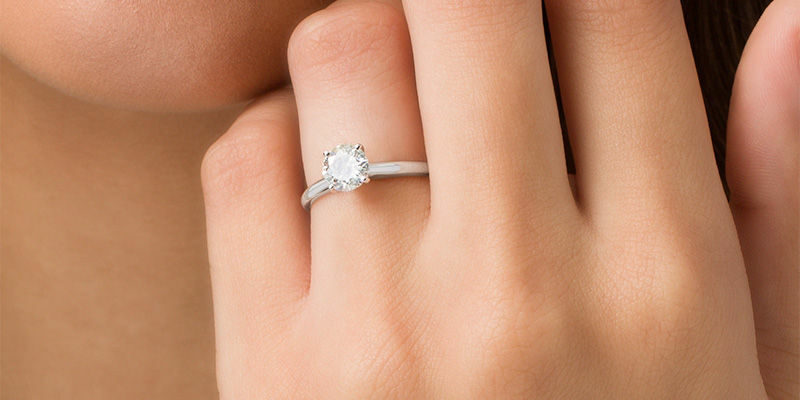
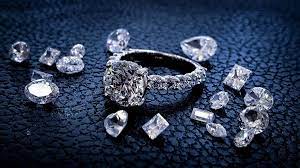
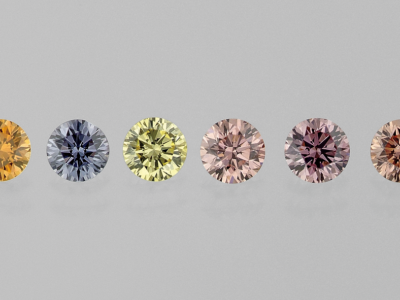
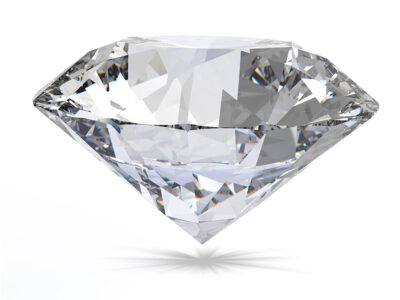

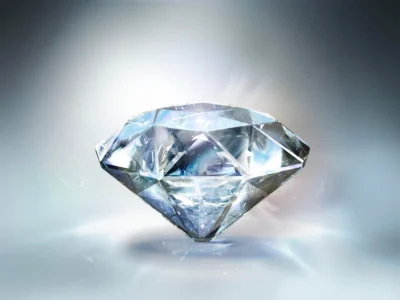
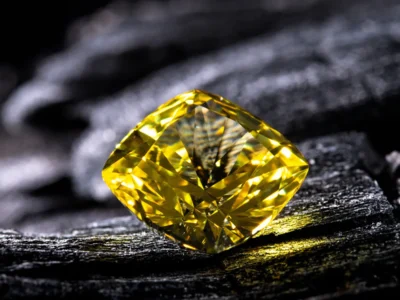
Comments